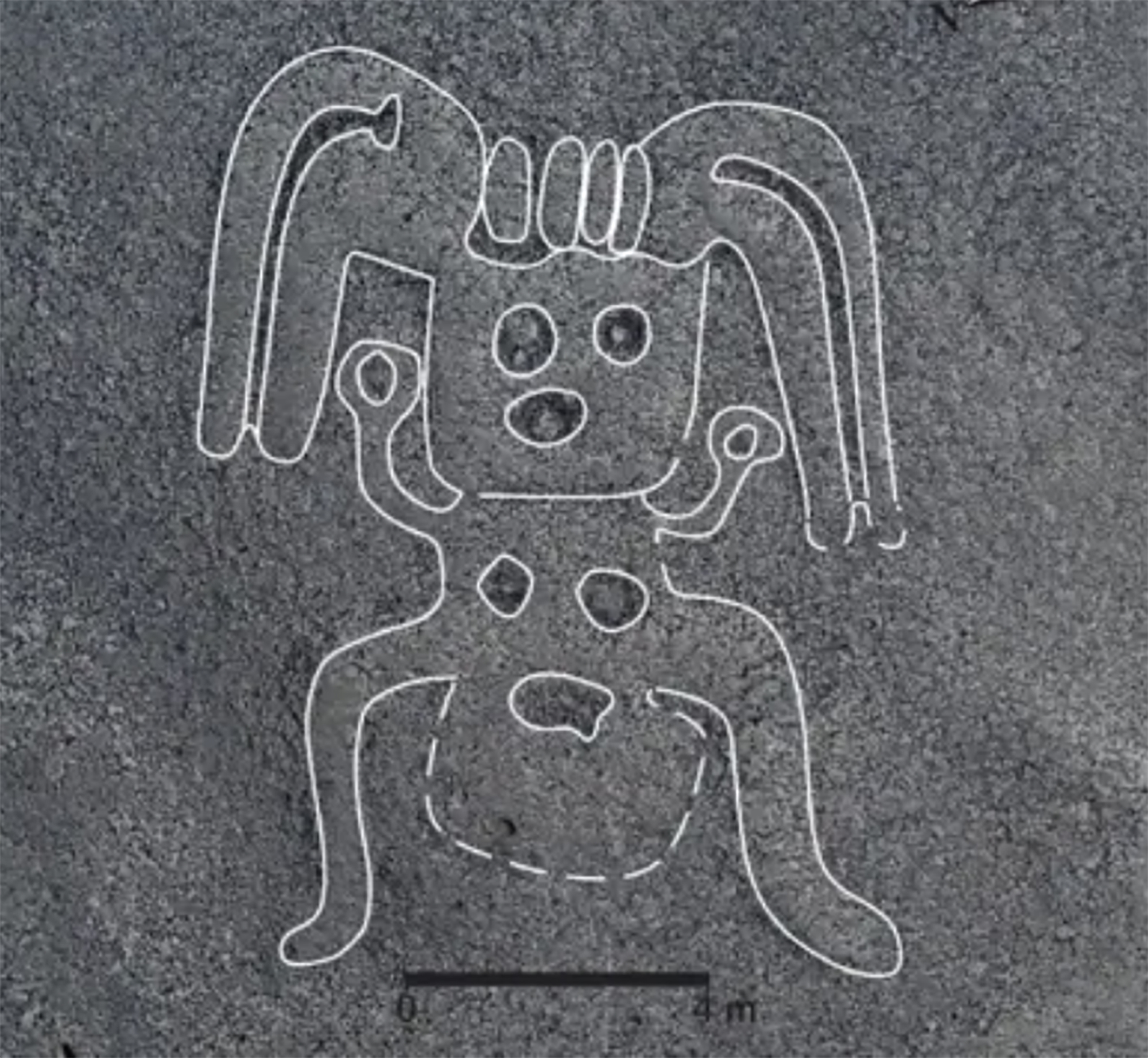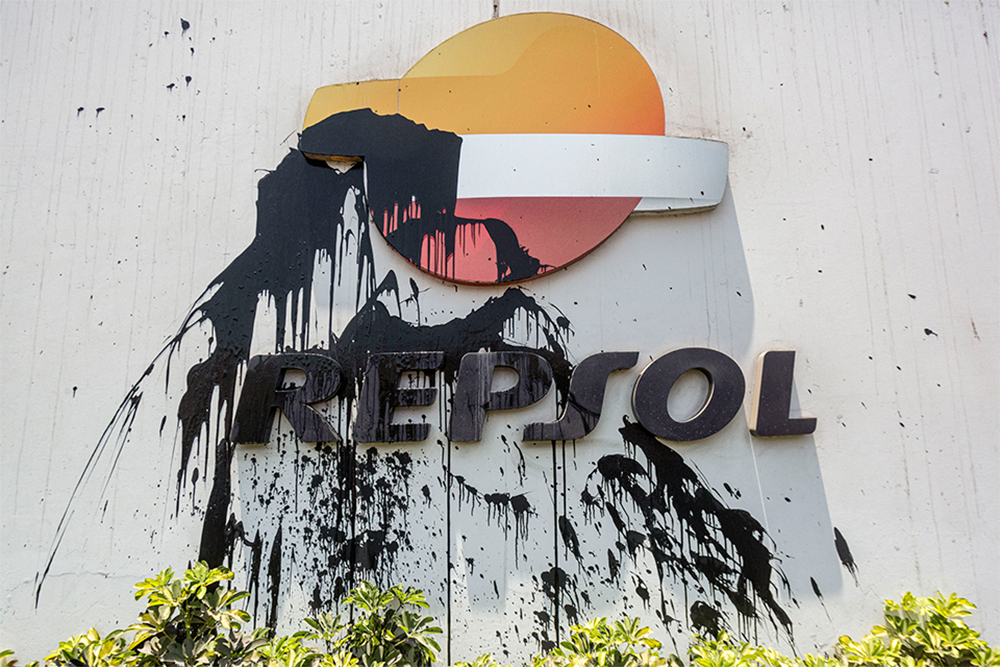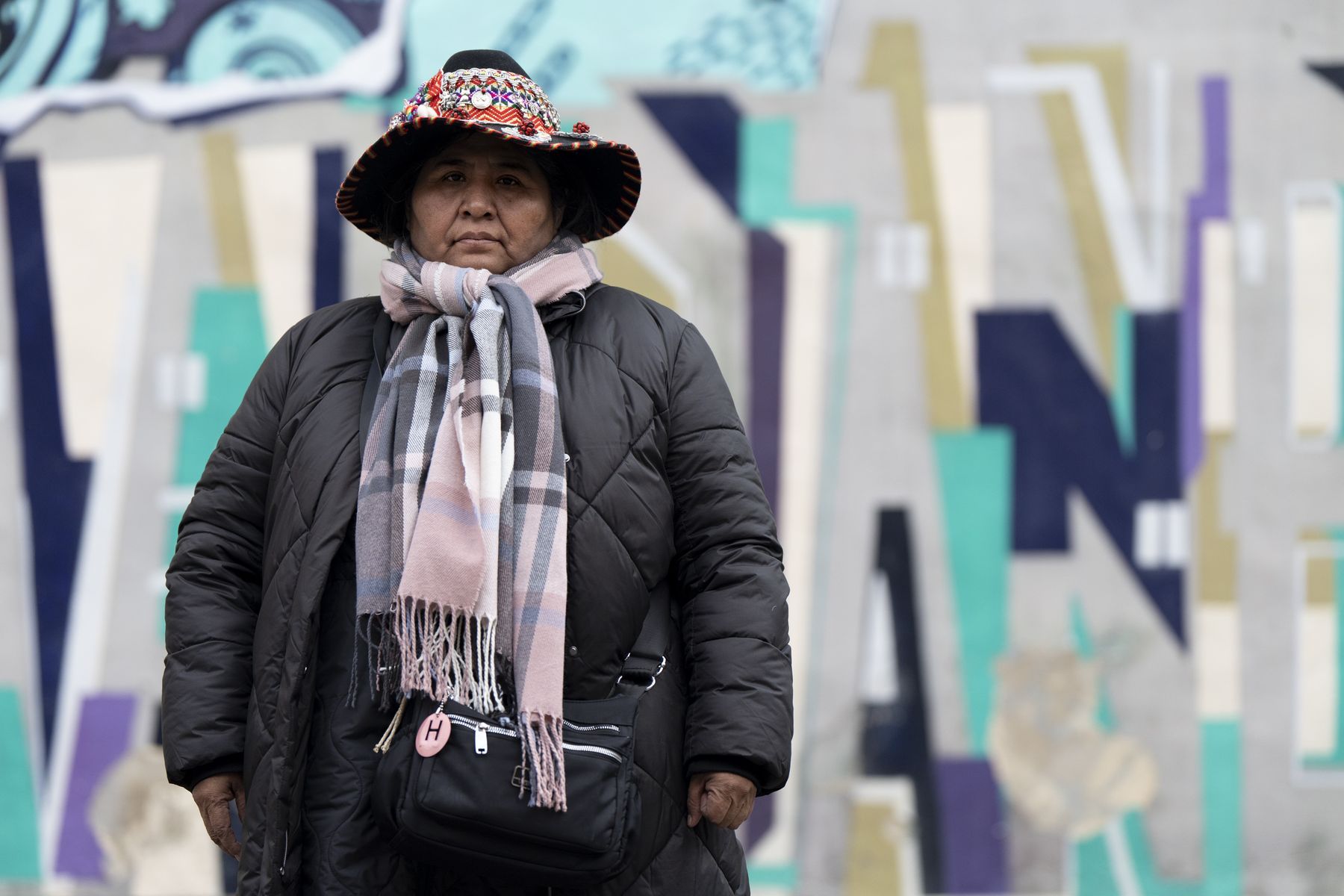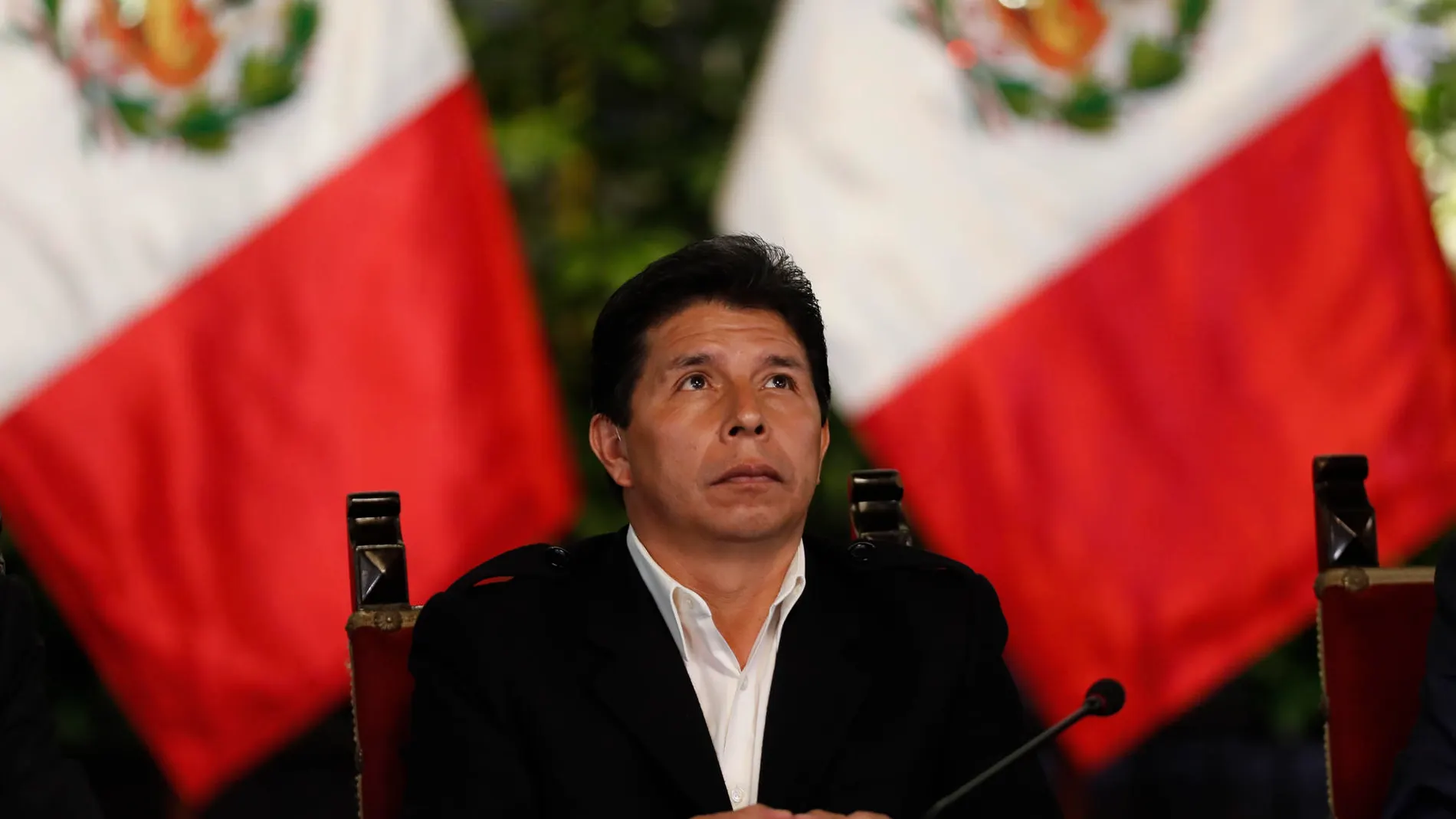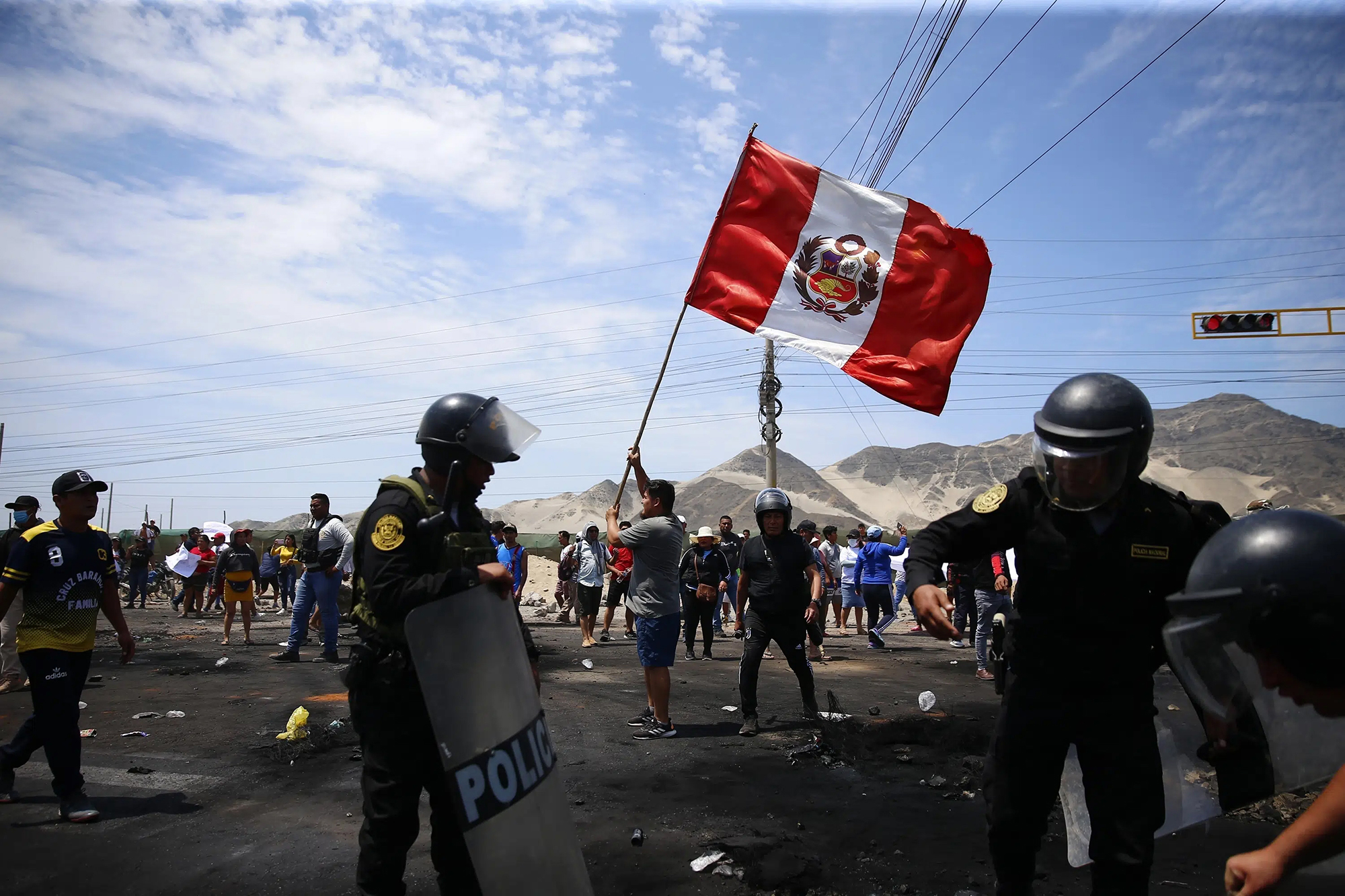The Peruvian government establishes an emergency situation to deal with the protests
- On Sunday the emergency situation entered into force in the departments of Cusco, Lima and Puno for 30 days. The inviolability of the domicile, the right to free movement by the territory, the right of assembly and personal freedoms and security are therefore deleted. In addition, they have put in place a moving order in Puno. At least 47 people have been killed by military and police forces since the outbreak of the last crisis.

In the face of the wave of protests against the new government, the government itself continues to impose repressive measures: it has just imposed an emergency situation in several areas of Peru to try to stop the protests that have started. Specifically, it has taken this action in the departments of Cusco, Lima and Puno, in the province of Andahuaylas (department of Apurimac), in the provinces of Tambopata and Tahuamanu (department of Madre de Dios) and in the district of Torata (province of Mariscal Nieto, department of Moquegua). The emergency situation in these areas has been in effect since Sunday for a minimum period of 30 days. This entails a series of concrete measures: "the inviolability of the domicile, the right to move freely through the territory, the right of assembly and personal freedoms and security" in these areas. In Puno there will also be an order to move for ten days between 20:00 and 04:00 hours.
After a short Christmas break, mass mobilizations resumed in eleven places in Peru. Above all, they demand that the elections be brought forward this year, that Congress be closed or that Boluarte resign in the protests. An indefinite strike was launched throughout Peru on 4 January, which has not ceased in the streets despite mobilizations, emergency measures and the repression of military and police forces.
Since the resignation of President Pedro Castillo and the explosion of a new political crisis in Peru, at least 47 people have been killed in police and military protests. Hundreds have been arrested and more than 500 people have been injured. Last week it was reported that the prosecutor’s office, Dina Boluarte, current president of Peru, is investigating the genocide of all those killed in the protests. Three ministers and two former ministers are also under investigation.
Andeetako Altiplanoan, qocha deituriko aintzirak sortzen hasi dira inken antzinako teknikak erabilita, aldaketa klimatikoari eta sikateei aurre egiteko. Ura “erein eta uztatzea” esaten diote: ura lurrean infiltratzen da eta horrek bizia ekartzen dio inguruari. Peruko... [+]
A team of researchers led by the Japanese archaeologist Masato Sakai of the University of Yamagata has discovered numerous geoglyphs in the Nazca Desert (Peru). In total, 303 geoglyphs have been found, almost twice as many geoglyphs as previously known. To do so, researchers... [+]
On the northern coast of Peru, in the deposit of Diamarca, mochica culture (c. 330-H. C. 800) have found a trunk room. This culture is known for its impressive architecture, vast religious imaginary and colorful walls full of details.
The room found confirms these... [+]
Pasa den abendutik Perun gertatzen ari diren istiluak, herrialdearen egoera politiko ahularekin lotu dituzte munduko hedabide nagusiek. Pedro Castillo presidente ezkertiarraren noraeza, haren kargugabetzea, Andeetako eskualdeetako herritarren altxamendua eta haien kontrako... [+]
Ostegun honetarako manifestazio handia espero da Liman Dina Boluarte kargutik kendu, parlamentua desegin eta Perurentzako beste konstituzio bat eskatzeko. Herritar asko autobusez eta kamioiez karabanetan antolatuta iritsi da hegoaldeko eskualdeetatik herrialdeko hiribururaino.










